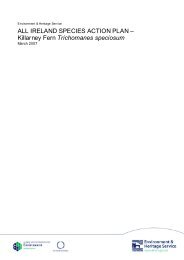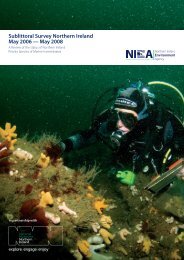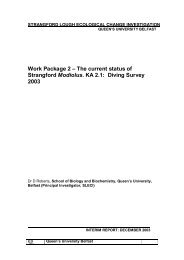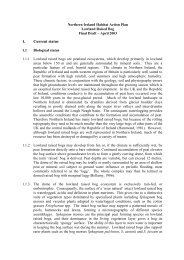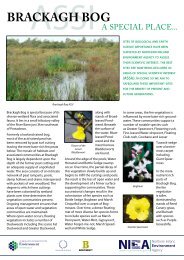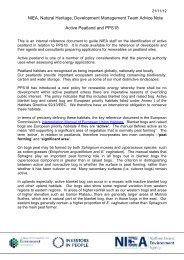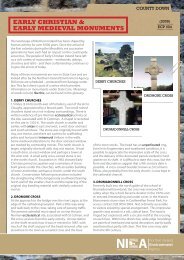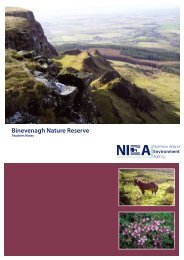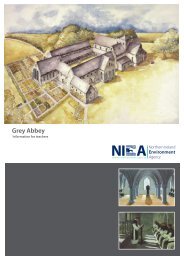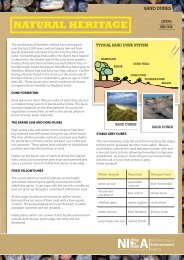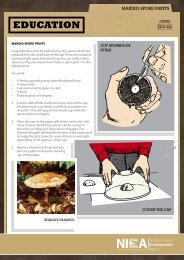Municipal Waste Data Monitoring and Reporting: Interim Guidelines
Municipal Waste Data Monitoring and Reporting: Interim Guidelines
Municipal Waste Data Monitoring and Reporting: Interim Guidelines
You also want an ePaper? Increase the reach of your titles
YUMPU automatically turns print PDFs into web optimized ePapers that Google loves.
water, we will send written approval to the waste producer <strong>and</strong> the nominated<br />
l<strong>and</strong>fill site operator(s). The qualifying circumstances are where the water:<br />
• has been added to allow transportation for disposal; or<br />
• has been used for the extraction of minerals; or<br />
• has arisen or been added or both, in the course of an industrial process.<br />
However, water must be 25 per cent or more of the waste, by weight.<br />
For effluent or sewage sludge from waste water treatment works/sewage disposal<br />
works, you can apply to discount the water content, but:<br />
• water which is present naturally cannot be discounted;<br />
• any water which has been extracted prior to disposal is treated as added<br />
water in preference to water present naturally in the material.<br />
You will not be able to discount water where:<br />
• it is present naturally in the waste (although you may agree a scheme to<br />
discount water up to, but not beyond, the amount present naturally);<br />
• it is present because of rain or snow; or<br />
• it was added to waste to damp it down to prevent it blowing away <strong>and</strong> the<br />
added water is less than 25 per cent of the waste, by weight; or<br />
• any of the water is capable of escaping from the l<strong>and</strong>fill site by leaching.<br />
(This restriction does not apply if the only water that can escape is pure<br />
water or if the leachate is collected on site <strong>and</strong> treated in order to eliminate<br />
any potential it has to cause harm).<br />
<strong>Waste</strong> producers may propose schemes to quantify the water content of their<br />
waste, based, for example, on their production records. However, we will not<br />
approve such schemes unless the waste producers have the prior agreement of<br />
their l<strong>and</strong>fill site operators.<br />
Appendix B<br />
(referred to in paragraph 4.3 - Method 1)<br />
MAXIMUM CARRYING CAPACITY OF LORRIES AND LIGHT GOODS<br />
VEHICLES<br />
You can apply either the maximum plated weight that the vehicle can carry or<br />
apply the following weights.<br />
4 axle lorry = 20 tonnes<br />
3 axle lorry = 15 tonnes<br />
2 axle lorry = 10 tonnes<br />
Lorries with cranes <strong>and</strong> buckets<br />
If a crane or bucket is fitted to a vehicle the maximum weight that can be carried is<br />
reduced by 2 tonnes.<br />
4 axle lorry with grab = 18 tonnes<br />
3 axle lorry with grab = 13 tonnes<br />
2 axle lorry with grab = 8 tonnes<br />
Light goods vehicles/vans/cars<br />
All light goods vehicles have a manufacturer’s plate, usually in the passenger door<br />
well, which shows the maximum gross weight. For other cars/vans, the vehicle<br />
h<strong>and</strong>book will show the maximum gross vehicle weight of the vehicle. Deduct<br />
from this the unladen weight shown in the vehicle h<strong>and</strong>book will give you the<br />
weight that can be carried by the vehicle. You must apply these weights.



